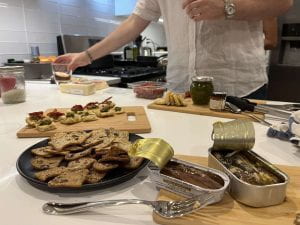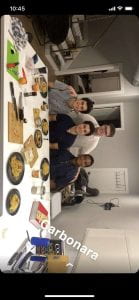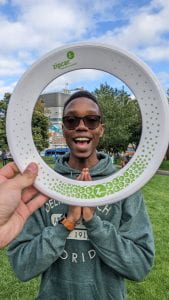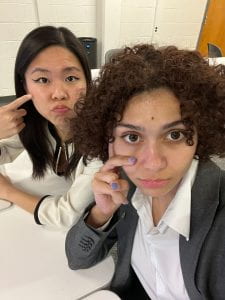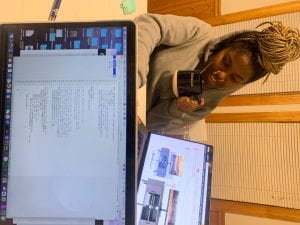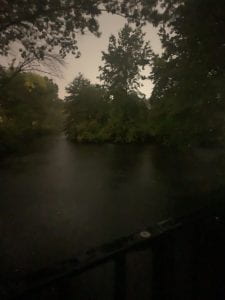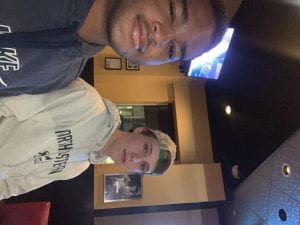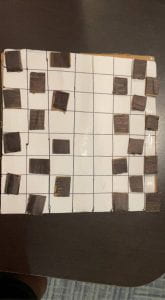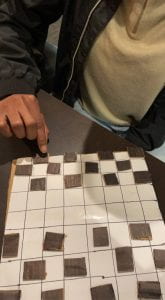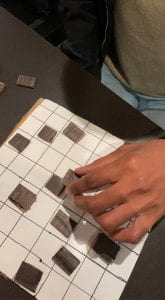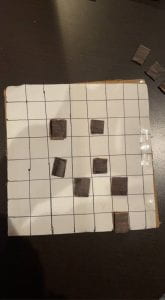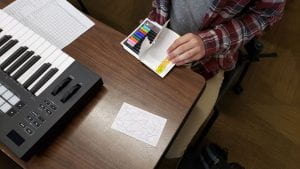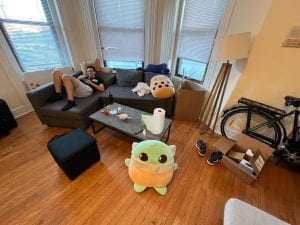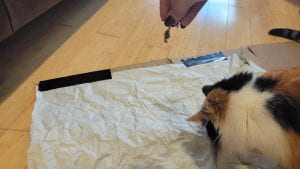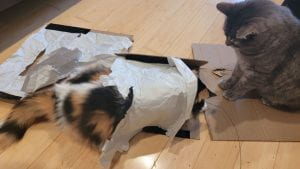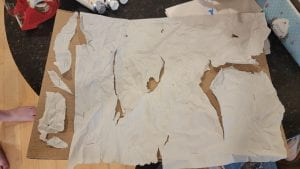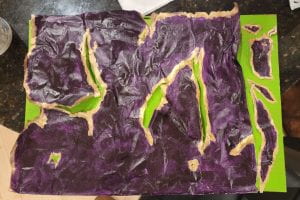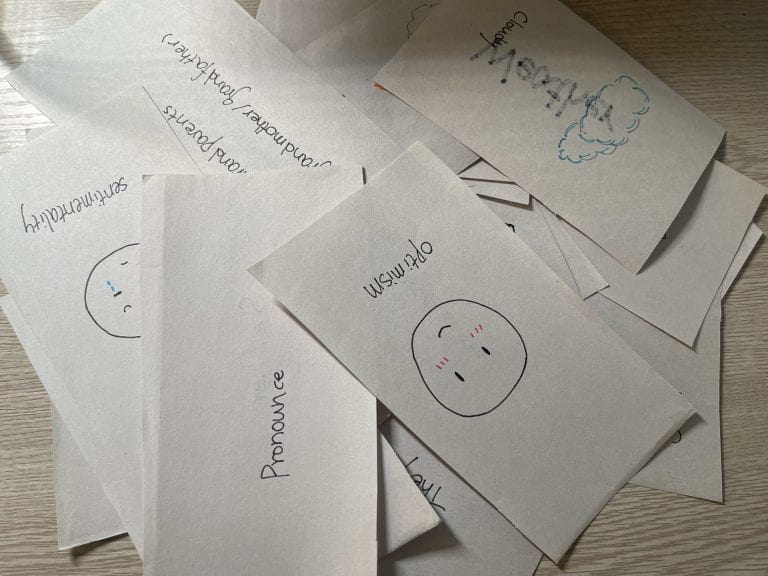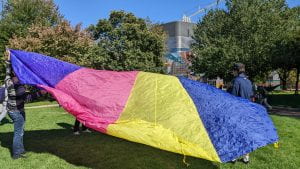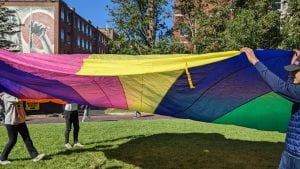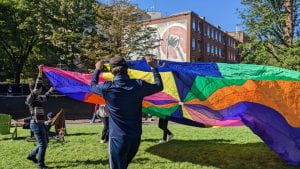Score:
- A few people (more than two but not more than ten) stand in a line
- The first person whispers a command that can be done right then and there to the next person
- The next person whispers the command they heard to the person after them, and adds one of their own
- This continues with people saying with they heard and adding another command until it gets to the last person
- The last person says what they heard aloud (it could be incorrect, similar to a game of telephone)
- Last person has two options
- Either do all the instructions they heard (regardless of if they heard them correctly)
- Or try something they wanted to try, or start learning something they wanted to learn, because they want to, not because they have to, but never started or got around to doing, within a week.
Artist’s Statement:
Initially, I wanted to do something related to the game of Telephone, as it’s already very chaotic, and is centered on communication and misunderstanding with the message the final person heard being nearly always different from the one the first person said. I was also inspired by Exquisite Corpse, and the idea of a score using different people’s contributions and ideas to create the final product. This was also a difference from the game of Telephone, commands from different people “pile on” to create the final product. Everyone’s expectations and wants are piling onto one person with this score.
With this score, I wanted to relate to misunderstanding and miscommunication, and also misunderstood expectations, and wanting to do something because you think it’s what others want or expect you to do, even when it might not be, which is a really big part of our world. So, it was meant to be a metaphor for this happening in the real world. It was also about others’ wants versus your own, and how people can add new expectations on a person because they misunderstood other expectations of them. It’s also about conformity. On the other hand, the other option for the last person forces them out of their comfort zone, rather than keep them with the possibly comfortable conformity. But it is for them. Something they genuinely want to do, not something they have to do, but have not done yet. Why? Fear, self-consciousness, procrastination? Though the person is trying, or learning, or doing something they genuinely want to do, sometimes doing something for you takes a little push and a little bravery.
https://drive.google.com/file/d/1jic_1W5Yo3TcHB6fXReBk3sqtKm5_f2o/view?usp=sharing




